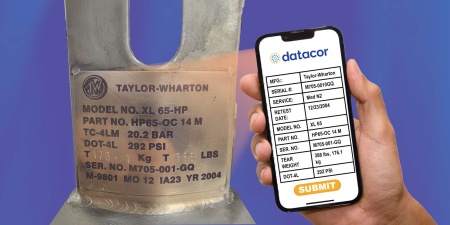While the economy has stabilized since the pandemic, it’s still characterized by uncertainty. The supply chain remains less reliable, while inflation continues to put pressure on manufacturers, distributors and retailers alike. Disruption feels like the new normal, and the companies that have managed to thrive are the ones that understand that disruption creates opportunity.
Of course, those companies are often reluctant to share their game plans for fear of giving up their competitive advantage. And everyone else may be tempted to turtle up and act conservatively, which makes them acquisition targets.
So, let’s create some visibility around what’s working for distributors in this new era of disruption. Distributors need to do different things entirely — not just do the same things differently. Much of this approach can be classified into three categories: technology, talent and tenacity.
The Rise of Technology and AI Platforms
Today, distributors have access to more data than ever. And thanks to the rise of AI-powered business tools, they can analyze that data instantly and use it to forecast demand and make more informed decisions.
According to McKinsey, successful early adopters of AI have improved their logistics costs by 15%, inventory levels by 35% and service levels by 65%. AI-infused ERP and ancillary solutions are making business operations more efficient, and they’re on the rise in warehouses, as well. The MHI annual Industry Report predicts that automated warehousing solutions will be adopted by over 60% of businesses by 2026.
AI and machine learning have made giant leaps in the past few years, not just in terms of functionality, but also affordability. As a result, small innovative companies are getting in developing applications designed for distributors.
The rise of this new technology has resulted in a far more connected global network. The human touch is still important, especially in B2B. But you need to think strategically about how you can meet your customers where they are.
The Importance of Talent Acquisition
Millennials became the largest generation in the workforce in 2016, and the Bureau of Labor Statistics expects them to number 38.5 million by 2029. Meanwhile, baby boomers continue to retire and Gen Z are now working alongside Millennials in the workplace. The employees you’ll be hiring moving forward will have grown up with the Internet and ecommerce.
This familiarity with online shopping and other digital tools may help explain a startling statistic in the distribution space: 22% of end-users never want a distributor sales rep to visit, while another 20% would be happy with just one visit per year.
This doesn’t mean that the human element is gone; it’s just been relocated. Distributors need to embrace the rise of inside sales and hire people who are comfortable using technology to follow leads and close sales. This will allow the outside sales team to concentrate on market-making activities.
It’s also important to develop small, cross-functional, flexible teams that can adapt more quickly than traditional business hierarchies. Allow people to experiment, to collaborate – and to fail. It all starts with leadership.
The Value of Tenacity
In uncertain times, it can be tempting to withdraw. But you’ll only thrive by thinking outside the box and having the tenacity to see things through. Companies will reap the benefits of technology and talent by being tenacious about rewiring their organizations and executing their roadmaps.
Technology can play a big role in making your company more tenacious. Let’s say you find a potential new sales rep with great instincts but poor writing skills. You could use ChatGPT to improve their emails and take full advantage of the increased efficiency of inside sales.
Or maybe you’re encountering language barriers that are getting in the way of closed deals. You could become an early adopter of wearable real-time translators—something straight out of Star Trek that is now a reality.
With the demand forecasting features that are starting to come standard with ERP software, you can detect when the market is softening and quickly make strategic moves, such as reducing inventory and temporarily scaling back on new hires.
Between business intelligence reports and direct interaction with customers, you can keep up with their wants and recognize their needs—maybe even before they recognize them. And with an increasingly ecommerce-savvy team , you can identify new ways to reach customers through an omnichannel approach. Focusing on your value proposition and service differentiators will keep those customer relationships strong.
Lots of things have changed in recent years, but at least one remains constant: Strong performance takes ability and willingness. Embrace technology and maximize your workforce talent. You still have the opportunity to grow in 2024—if you’re willing to go after it.









